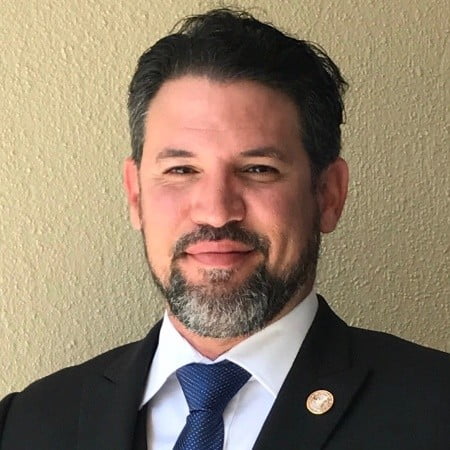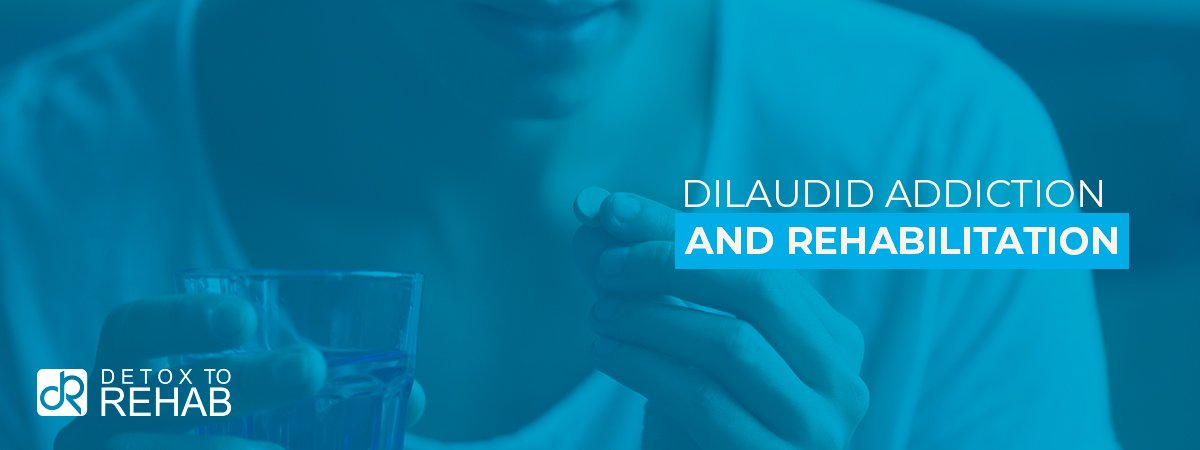

Dilaudid — a brand name for hydromorphone — is one of the most powerful opioid painkillers ever prescribed. Its strength is up to eight times more potent than morphine, making it one of the most addictive drugs available today. What begins as a prescription for severe pain can quickly spiral into dependence, withdrawal, and life-threatening addiction. Dilaudid addiction has taken hold of thousands of lives across the United States, contributing to the ongoing opioid epidemic.
According to the Centers for Disease Control and Prevention (CDC), more than 80,000 opioid overdose deaths occurred in 2023 alone, with synthetic and prescription opioids like Dilaudid playing a major role. Because of its potency, even small doses can cause respiratory failure, coma, or death, especially when combined with alcohol or benzodiazepines. Despite these dangers, Dilaudid remains a commonly prescribed painkiller, and misuse continues to rise.
Street names for Dilaudid include “D’s,” “Hydros,” “Smack,” “Dust,” “Juice,” and “Football.”
“Addiction doesn’t discriminate — it just destroys.” — Unknown
This guide explores the symptoms, risks, and treatment options for Dilaudid addiction and how Dilaudid abuse treatment can help people reclaim their lives before it’s too late.
What Is Dilaudid and Why Is It So Addictive?
Dilaudid (hydromorphone) is a Schedule II opioid analgesic prescribed for moderate to severe pain, especially after surgeries or in cancer treatment. It’s available in pill form, liquid, or injectable solution and acts directly on the opioid receptors in the brain, producing both pain relief and an intense rush of euphoria.
This euphoric effect is what makes Dilaudid so dangerous. The brain quickly adapts, reducing its natural production of dopamine — the chemical responsible for pleasure and motivation. Soon, users need Dilaudid just to feel normal. Over time, tolerance builds, meaning larger doses are needed to achieve the same relief.
Some people misuse the drug by crushing and snorting pills, dissolving and injecting it, or mixing it with alcohol or sedatives — all of which can result in fatal overdose. Because Dilaudid is much stronger than most other opioids, the difference between a “high” and a “lethal dose” is alarmingly small.
Signs and Symptoms of Dilaudid Addiction
Recognizing Dilaudid addiction early can mean the difference between recovery and tragedy. Addiction affects both the body and mind, often showing up as physical symptoms and drastic behavioral changes.
Physical signs include:
- Slowed breathing and heart rate
- Nausea or vomiting
- Constipation
- Drowsiness or nodding off
- Pinpoint pupils
- Itchy skin or flushing
- Weight loss and poor appetite
Behavioral and emotional signs include:
- “Doctor shopping” to get multiple prescriptions
- Stealing or lying to obtain drugs
- Taking higher or more frequent doses than prescribed
- Isolating from friends and family
- Severe mood swings, anxiety, or irritability
- Loss of interest in work or hobbies
According to the National Institute on Drug Abuse (NIDA), over 21 million Americans struggle with substance use disorders, and opioids like Dilaudid are among the most addictive due to their powerful effects on the brain’s reward system.
The Dangers and Long-Term Effects of Dilaudid Abuse
Dilaudid doesn’t just dull pain — it dulls the body’s ability to survive without it. When misused, the drug suppresses the central nervous system, which controls breathing and heart rate. Taking too much can stop both in minutes.
Short-term dangers include:
- Extreme drowsiness or confusion
- Slowed or stopped breathing
- Seizures or loss of consciousness
- Nausea and vomiting
- Overdose and death
Long-term effects of Dilaudid abuse include:
- Liver and kidney damage
- Heart infections (from injection use)
- Hormonal imbalances and sexual dysfunction
- Chronic constipation and digestive issues
- Depression, anxiety, or psychosis
- Memory loss and cognitive decline
Because Dilaudid is so potent, many users unintentionally overdose — even on doses that once felt “safe.” The CDC warns that combining opioids like Dilaudid with alcohol, benzodiazepines, or fentanyl increases the risk of fatal overdose dramatically.
The physical toll is only part of the story. Emotionally, Dilaudid addiction can destroy careers, families, and self-worth, leaving people feeling trapped and hopeless. But with the right treatment, recovery is not only possible — it’s life-changing.
Dilaudid Abuse Treatment and Recovery
Breaking free from Dilaudid addiction begins with professional treatment, not willpower alone. Because the drug causes powerful physical dependence, withdrawal symptoms can be severe and even dangerous without medical supervision.
Dilaudid withdrawal symptoms include:
- Muscle and bone pain
- Nausea, vomiting, and diarrhea
- Anxiety and depression
- Sweating and chills
- Insomnia and fatigue
- Intense drug cravings
Withdrawal typically starts within 6–12 hours after the last dose and peaks within 2–3 days, lasting up to a week.
1. Medical Detox:
In a medically supervised setting, detox helps patients safely withdraw from opioids while minimizing pain and discomfort. Doctors may use medication-assisted treatment (MAT) to stabilize brain chemistry. Common medications include:
- Methadone: Reduces withdrawal symptoms and cravings.
- Buprenorphine (Suboxone): Blocks opioid effects and eases detox.
- Naltrexone (Vivitrol): Prevents relapse by blocking the “high.”
2. Inpatient or Outpatient Rehab:
After detox, rehab provides the structure and emotional support needed to rebuild life after addiction. Treatment often includes:
- Cognitive Behavioral Therapy (CBT): Helps identify triggers and change destructive habits.
- Contingency Management: Rewards positive behavior during recovery.
- Group and Family Therapy: Builds accountability and restores relationships.
3. Long-Term Recovery and Aftercare:
Recovery doesn’t end after rehab. Ongoing therapy, sober living, and support groups like Narcotics Anonymous (NA) help individuals maintain sobriety long-term. According to SAMHSA, people who continue aftercare are twice as likely to stay sober compared to those who stop treatment early.
True Stories of Addiction: Finding Hope
At Detox to Rehab, we believe in the power of real stories to heal and inspire. Our True Stories of Addiction series highlights individuals who’ve battled addiction — including prescription opioids — and found recovery through compassion and treatment.
Danny couldn’t wait to get out of the house in which he was raised. As soon as he was out of high school, he grew more involved in drinking alcohol. After his sister died, he had a wake up call that helped him find the path to recovery from his alcohol addiction. Danny’s childhood was somewhat fraught with tension and judgement. He was separated from his biological mother and held to high standards at home. Reveling in what felt like acceptance and love, he got wrapped up in drinking after he graduated high school. This eventually turned into alcoholism, but now he has overcome Alcohol abuse.
Take the First Step Toward Recovery
If you or someone you love is struggling with Dilaudid addiction, it’s time to take action. Addiction thrives in silence, but recovery begins with one brave step — asking for help.
“Courage doesn’t always roar. Sometimes it’s the quiet voice at the end of the day saying, ‘I will try again tomorrow.’” — Mary Anne Radmacher
Professional treatment can help you safely detox, heal, and reclaim your life. Search our treatment directory or call our confidential 24/7 helpline at (866) 578-7471 to connect with compassionate experts who can guide you toward recovery.
There is life beyond addiction — and it starts with one decision today.








